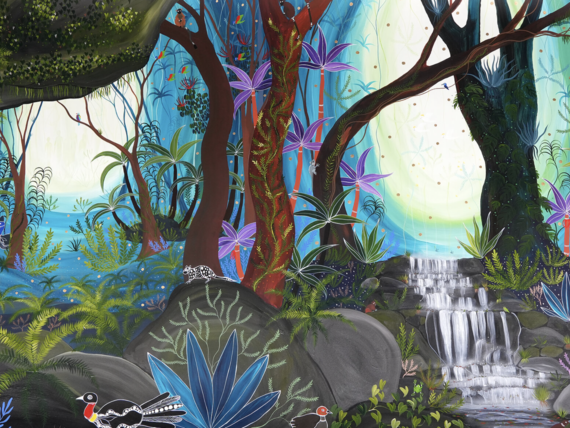Photos illustrate incredible coral recovery on worst bleached part of the Great Barrier Reef

Scientists have captured dramatic evidence of the recovery of corals at Lizard Island, an area devastated by two cyclones and an extreme bleaching event between 2014 and 2016.
The Coral Sea Foundation’s Dr Andy Lewis and his colleague Dr Rick Braley have been studying giant clams on the Great Barrier Reef since the 1980s.
Dr Lewis said the work involves counting, measuring and photographing the clams, which has enabled them to also record the recovery of coral.

“Coral cover was significantly reduced, especially in the brightly coloured branching corals from the family Acropora which usually take up much of the space on the reef and provide structure for fishes and other animals to inhabit,” he said.
“In our clam surveys at Lizard Island in mid-2017, I noticed that hundreds of juvenile Acroporid corals had begun to settle on the reef, including directly onto the giant clam shells in our study sites.
“Because the clams are very heavy and do not move over time and we have mapped the reef and can re-locate individual animals, it presented a unique opportunity to photograph the growth of the corals and the recovery of the coral community.”
The photographs show that between June 2017 and June 2019, the coral branches on one specific clam grew by about 15 centimetres.

That equates to an annual growth rate of between six and eight centimetres.
Dr Lewis said while he is still to investigate the image sequences from each clam and each coral, there’s no doubting the transformation.
“There are thousands of other juvenile corals growing on the reef at this site," he said.
"The appearance of the reef has changed dramatically in just three years.
“This research shows that the ocean and the reef itself is still the best agent of large scale reef restoration.

"Recovery capability is still present in this heavily impacted northern section of the Great Barrier Reef.”
However, his excitement has been tempered by caution.
“Not all sites at Lizard Island are recovering so fast,” he said.
“It will theoretically take at least another decade of undisturbed conditions until the reefs at Lizard approach their former glory.”








